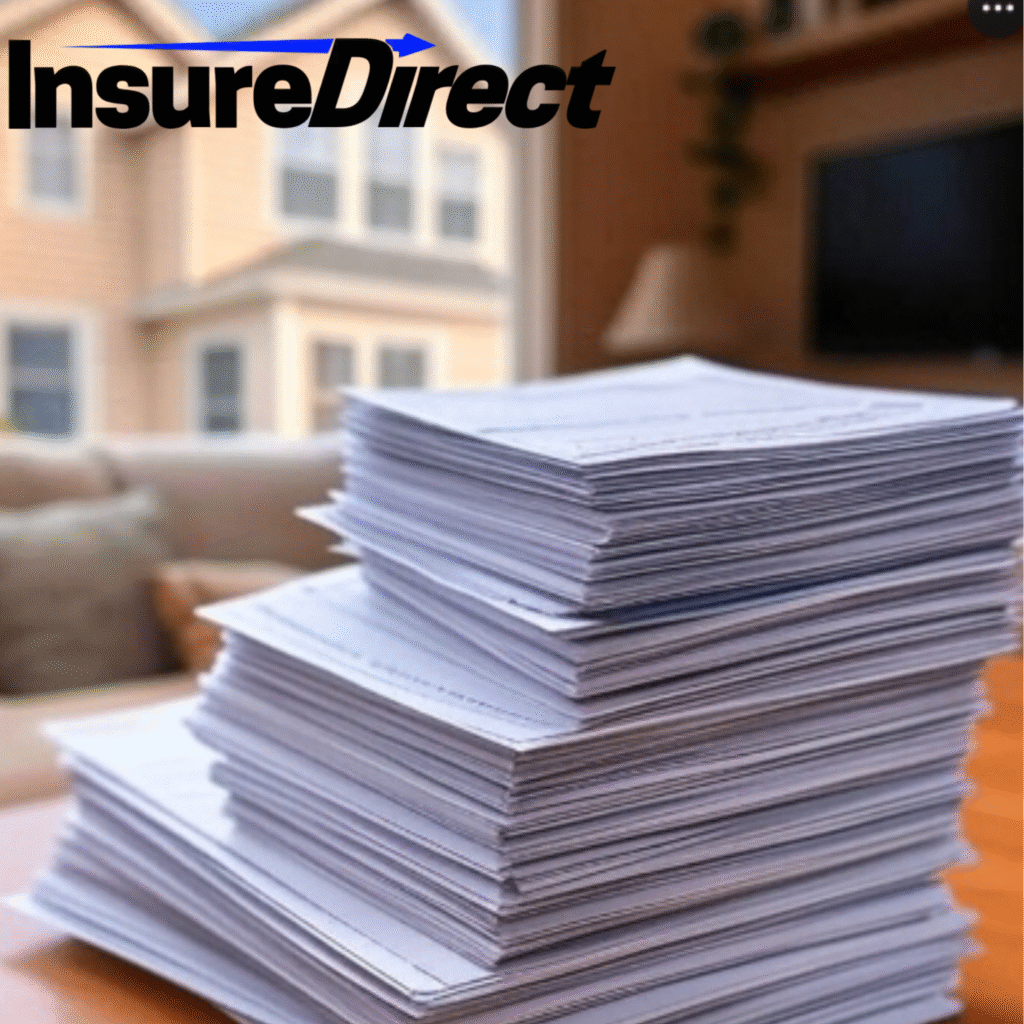Owning a home is great, but it can also come with a lot of responsibilities, especially when you think about protecting your investment. That’s where homeowners insurance comes into play. I’m sure you’ve heard of it, but maybe you’re still a little unsure of what exactly it covers or why it’s needed. Trust me, you’re not alone. This post is going to break it all down for you.
So, homeowners insurance covers a variety of things. It’s designed to protect your home and personal property from loss or damage. You know, stuff happens. Fires, theft, accidents – they can all come out of nowhere. What’s nice about homeowners insurance is that it offers peace of mind knowing you’re financially covered when these unexpected events happen. For some, it might seem like an extra cost, but the protection it provides is totally worth it.
Let’s talk about the different parts of homeowners insurance, shall we? First up is dwelling coverage (this is usually called Coverage A). It’s a biggie because it covers the physical structure of your home. Think of it like a shield for your house—roof, walls, foundation, all that good stuff. If something were to happen, like a fire or a storm that damages your home, this part of the policy steps in to help. However, be careful—certain natural disasters, like floods or earthquakes, might not be covered by standard policies.
Personal property coverage (Coverage B) is another part that homeowners insurance provides. I’m sure we all have some valuable items inside our homes, whether it’s a laptop, expensive furniture, or a fancy coffee maker. What this coverage does is protect those belongings in case they get damaged, stolen, or destroyed in an accident. Pretty helpful, right? And depending on the policy, you could add special coverage for high-value items. That way, if your jewelry or rare collectibles get damaged, you won’t be stuck footing the bill for their replacement.
And what about the liability stuff? Liability protection (Coverage C) is something that should never be overlooked. Imagine someone slips on your driveway or trips on your front steps and sues you. You’d be responsible for their medical expenses and possibly legal fees. That’s where liability coverage kicks in. It’s like having a safety net when things go wrong—something we all hope never happens, but it’s nice to have when it does.
You never know when something could render your home unlivable, like a disaster or major damage. If that happens, additional living expenses coverage (Coverage D) will cover the cost of living somewhere else temporarily. Maybe you need a hotel or you’re stuck eating takeout because your kitchen is destroyed. Whatever it is, ALE coverage steps in and helps cover those added costs while your home is being fixed up. Without it, you could find yourself in a tough spot financially.
When we talk about “other structures” coverage, you’re covering things like a detached garage, fence, or a shed. If these things were damaged in an event that your homeowners insurance covers, you’d be reimbursed for the repair or replacement costs. It’s one of those things that you might not think of right away but could save you in the long run.
I should mention that there are things homeowners insurance usually doesn’t cover, though. It’s a bummer, but it’s important to know. Flooding isn’t covered by your basic policy. If you live in an area where floods are common, you’ll need to add a separate flood policy to protect against that. Similarly, earthquakes aren’t typically covered either, so if you’re in a quake-prone area, make sure you add the right coverage for it. Also, if your home suffers damage because you didn’t maintain it properly (like letting a roof leak go untreated), insurance likely won’t cover it. Regular upkeep is key, folks.
Don’t forget that pests (like termites or rodents) aren’t usually covered either. So, if a rat chews through your wires or termites destroy your wood beams, you’ll be on your own for those repairs. Make sure you’re getting your home inspected and maintained regularly.
Choosing the right homeowners insurance policy can feel like a headache, but it’s actually pretty straightforward once you understand the basics. You want to make sure your dwelling coverage is enough to rebuild your house if disaster strikes. And when it comes to personal property coverage, check how much your stuff is worth and make sure your policy reflects that. Also, keep in mind the deductible. A higher deductible means lower premiums, but you need to be sure you can afford it in case something happens. It’s always a balancing act.
You can also opt for add-ons or endorsements. If you have high-value items like artwork or jewelry, it’s worth adding extra coverage. Trust me, you don’t want to find out that your rare coin collection isn’t covered after a break-in. Not fun.
One thing you shouldn’t skimp on is choosing a reputable insurance provider. Look for a company with good reviews and a solid reputation for handling claims efficiently. After all, the whole point of homeowners insurance is to have someone to turn to when you need help the most. You want to feel confident that they’ll be there when you need them, not leave you hanging.
In conclusion, homeowners insurance is a must-have if you want to protect your home, your belongings, and your financial well-being. Sure, it may seem like an added expense, but when you consider the potential cost of replacing everything you own or paying for medical expenses after an accident, it’s well worth it. At the end of the day, it’s about peace of mind and knowing you have a safety net if something goes wrong.

